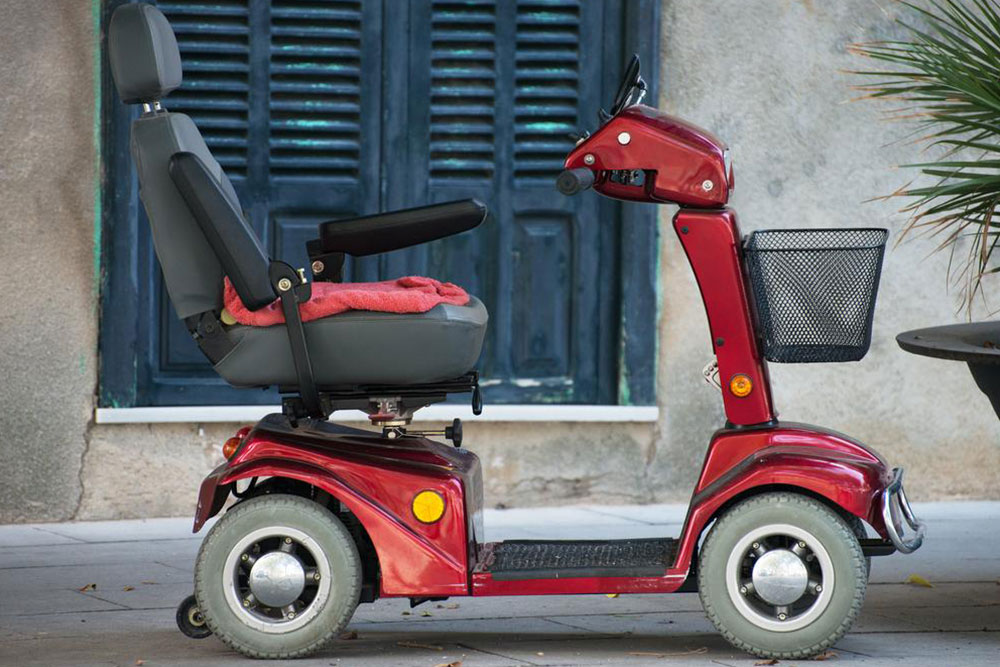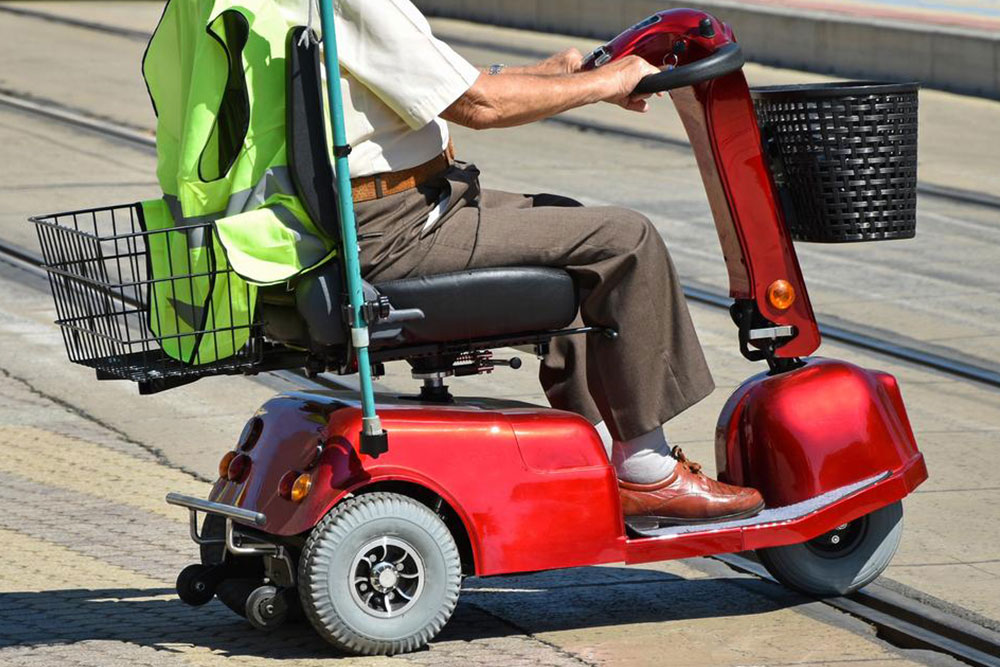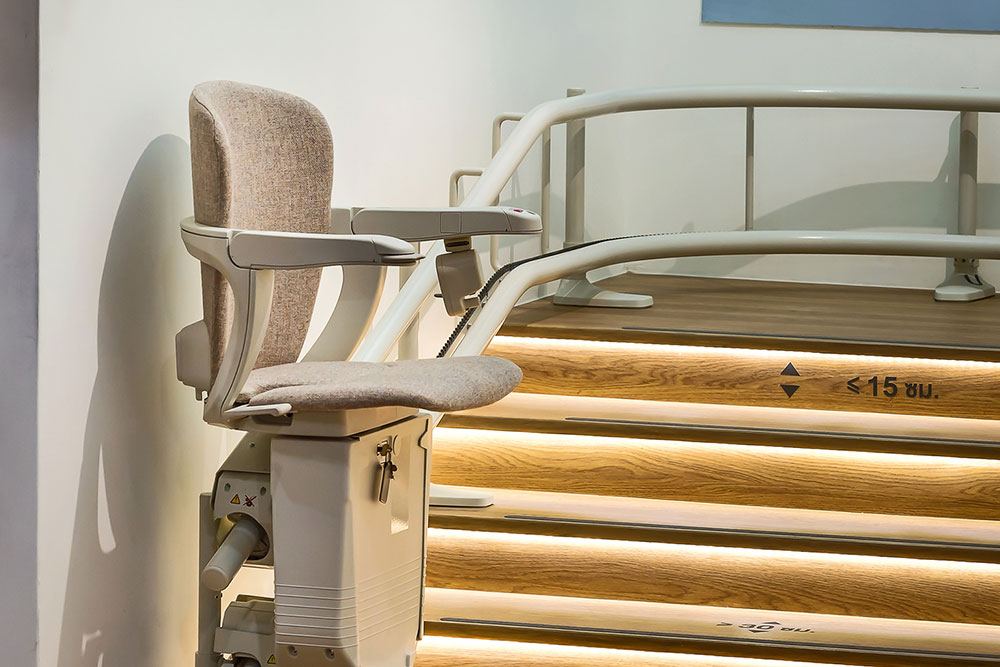Comprehensive Guide to Electric Wheelchairs: Features, Benefits, and Top Models
This comprehensive guide explores the latest advancements in electric wheelchair technology, highlighting key features, benefits, top brands, and selection tips. Perfect for users seeking reliable mobility solutions, the article covers everything from core components to innovative features designed for diverse terrains and user needs, offering insights to make informed purchasing decisions.

Comprehensive Guide to Electric Wheelchairs: Features, Benefits, and Top Models
Electric wheelchairs have revolutionized mobility solutions for individuals with mobility challenges, surpassing traditional manual wheelchairs in convenience, independence, and versatility. These powered mobility devices are designed to enable users to navigate a variety of terrains, including uneven outdoor surfaces, sidewalks, and indoor environments with ease. Understanding the core components, functionalities, and popular models of electric wheelchairs can empower users and caregivers to make informed choices based on their specific needs.
At their core, electric wheelchairs are powered by a sophisticated motor system integrated beneath the seat. This motor is protected by a durable plastic or composite shell, which safeguards vital electronic and mechanical parts from dust, moisture, and potential damage. The power source of these devices is a high-capacity rechargeable battery pack, typically lithium-ion or sealed lead-acid, that provides the necessary energy for extended use. The battery is connected through wiring to various essential components, including the motor, control interface, and seat adjustment features, ensuring seamless operation and user control.
The control system of an electric wheelchair is thoughtfully designed for ease of use. Usually mounted on the armrests, the control interface features a joystick or other control mechanisms that allow users to maneuver the wheelchair intuitively. Users can easily adjust their speed, change direction, and modify seat positions—including tilt, recline, and elevating functions—via the control panel. Advanced models incorporate programmable settings, allowing personalized configurations that enhance comfort and operational efficiency. Modern control systems communicate with the motor through a feedback loop, ensuring smooth acceleration, deceleration, and accurate directional changes.
The stability and performance of an electric wheelchair heavily depend on its base design. The wheelchair’s foundation typically features guide wheels—sometimes with suspension components—that help maintain stability, especially on uneven terrains or slopes. High-end models are equipped with large, tracked wheels or pneumatic tires designed to absorb shocks, reduce vibrations, and improve traction on challenging surfaces. Reinforced frames made from lightweight, high-strength materials like aluminum or carbon fiber contribute to durability without sacrificing portability. Additionally, features such as front and rear suspension systems work together to provide a comfortable ride, even on rough outdoor paths or bumpy indoor floors.
Modern electric wheelchairs go beyond basic mobility; they incorporate various innovative features tailored to diverse user needs. These include adjustable seat height and tilt functions, elevating seats that allow users to reach higher objects, power recline for enhanced comfort, and customizable control sensitivity. Some models come with accessory options like headrests, leg supports, and storage compartments, further improving convenience and user experience.
When selecting an electric wheelchair, it is essential to consider factors such as weight capacity, battery life, maneuverability, and ease of control. Battery range can vary from 10 to over 30 miles on a single charge, influencing how far users can travel without needing a recharge. The weight of the wheelchair itself impacts portability, especially for users who need to transport their device frequently. The user interface’s intuitiveness plays a vital role in independence—especially for elderly or impaired users who may have limited dexterity.
Leading brands in the electric wheelchair industry include Golden Compass Sport, Cirrus Plus HD, Drive Medical Titan X23, Pride Jazzy 600 ES, KD Smart Chair, and Invacare Pronto M51. These manufacturers are known for their innovative designs, reliable performance, and extensive customer support. Price ranges from approximately $1,000 to $7,000, depending on features, build quality, and technology integration. Many models are available for purchase online or through specialized medical equipment stores, offering options that fit various budgets and requirements.
Before making a purchase, reviewing customer feedback, consulting with healthcare professionals, and testing different models, if possible, can significantly aid in choosing the right electric wheelchair. Proper maintenance, including regular battery checks, tire inspections, and electronic system updates, ensures longevity and optimal performance of the device.
In conclusion, electric wheelchairs represent a significant technological advancement in mobility solutions. Their sophisticated design, enhanced features, and adaptability make them suitable for a wide range of users—from those with limited mobility to outdoor enthusiasts with specific terrain needs. As technology continues to evolve, future models are expected to offer even greater comfort, autonomy, and integration with smart home systems, further improving the quality of life for individuals requiring powered mobility devices.





